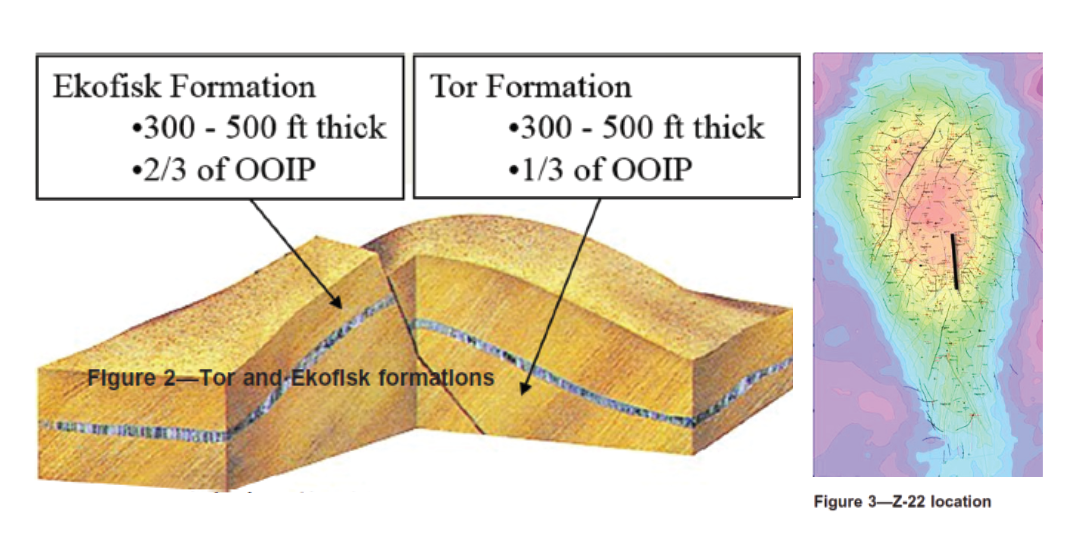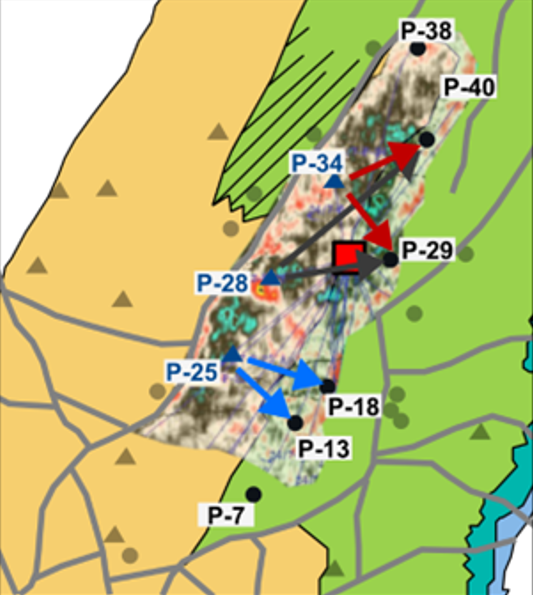INTERVENTION-LESS ZONAL
PRODUCTION INSIGHT
Risk-free zonal flow profile
As the domain specialists focusing solely on tracer technology, RESMAN offers a depth and breadth of risk-free solutions for remote reservoir monitoring to measure the zonal inflow for gas, oil and water, inflow and zonal flow performance profile.
Zonal Flow Performance Assessment
Flow Confirmation
Water Breakthrough Locations
Clean-up Confirmation
Long-term Trend Analysis
Zonal Productivity
Zonal Isolation
IN-DEPTH RESERVOIR INSIGHT
RESMAN offers precise measurements and assessment of the reservoir condition, providing crucial information for managing and mitigating unwanted fluid intrusion.
TROUBLESHOOTING
Inflow of substances, leaks, and inefficiencies.
ANALYSIS
Patterns and dynamics of incoming fluids.
DATA
Quantitative data on the rate and distribution of inflows.
INSIGHT
Expanded insight into the reservoir performance throughout the production life.
WATER BREAKTHROUGH
Understanding which zones are the source of water production.
PRODUCTION PROFILE CHARACTERIZATION
Detailed profile of fluid production from different zones, enabling a more nuanced understanding of reservoir behavior.
RESERVOIR CHARACTERIZATION
Evaluation of reservoir heterogeneity to better understand how fluids move through different layers and formations within the reservoir.
OIL BYPASSING MEASUREMENT
Revealing areas where oil is bypassing production zones, allowing for targeted intervention and management owing to zonal analysis for Improved Oil Recovery (IOR).
ENHANCING WELLBORE INTEGRITY
Offering validation of completion components such as sliding sleeves and flow control valves.





